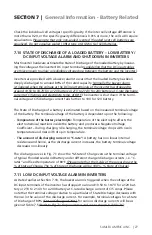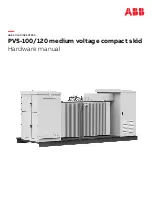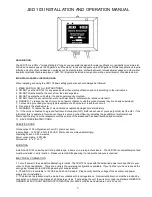
14 | SAMLEX AMERICA INC.
SECTION 2 |
General Information
• Some new furnaces with microprocessor control / Oil burner primary controls.
• High intensity discharge
(HID)
lamps like Metal Halide Lamps.
These may get dam-
aged. Please check with the manufacturer of these types of devices for suitability.
• Some fluorescent lamps / light fixtures that have Power Factor Correction Capacitors.
The inverter may shut down indicating overload.
• Induction Cooktops
2.5 POWER RATING OF INVERTERS
i
INFO
For proper understanding of explanations given below, please refer to defini-
tions of Active / Reactive / Apparent / Continuous / Surge Powers, Power Factor,
and Resistive / Reactive Loads at Section 2.1 under “DEFINITIONS”.
The power rating of inverters is specified as follows:
• Maximum Continuous Running Power Rating
• Surge Power Rating to accommodate high, short duration surge of power required
during start up of certain AC appliances and devices.
Please read details of the above two types of power ratings in Section 2.1 under
“DEFINITIONS”
i
INFO
The manufacturers’ specification for power rating of AC appliances and devices
indicates only the Maximum Continuous Running Power Rating. The high,
short duration surge of power required during start up of some specific types
of devices has to be determined by actual testing or by checking with the
manufacturer. This may not be possible in all cases and hence, can be guessed
at best, based on some general Rules of Thumb.
Table 2.1 provides a list of some common AC appliances / devices that require high,
short duration surge of power during start up. An “Inverter Sizing Factor” has been
recommended against each which is a Multiplication Factor to be applied to the Rated
Continuous Running Power Rating of the AC appliance / device to arrive at the Rated
Continuous Running Power Rating of the inverter.















































